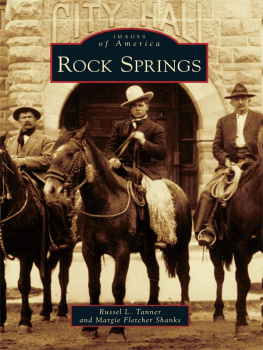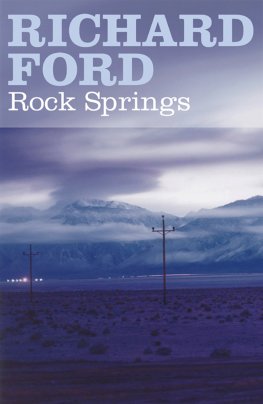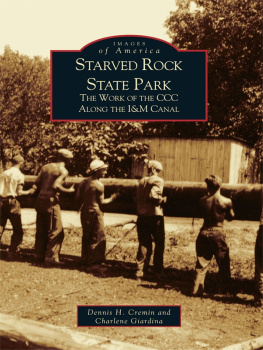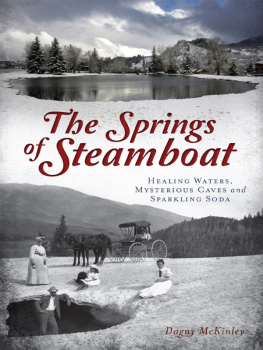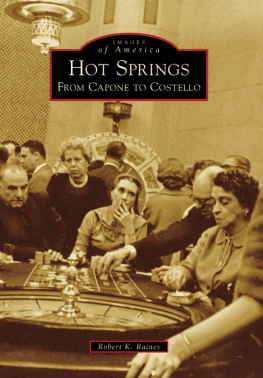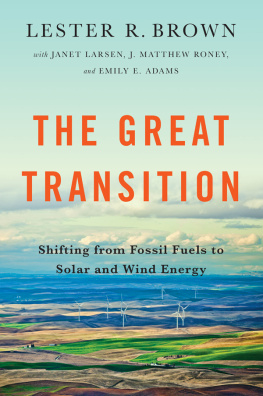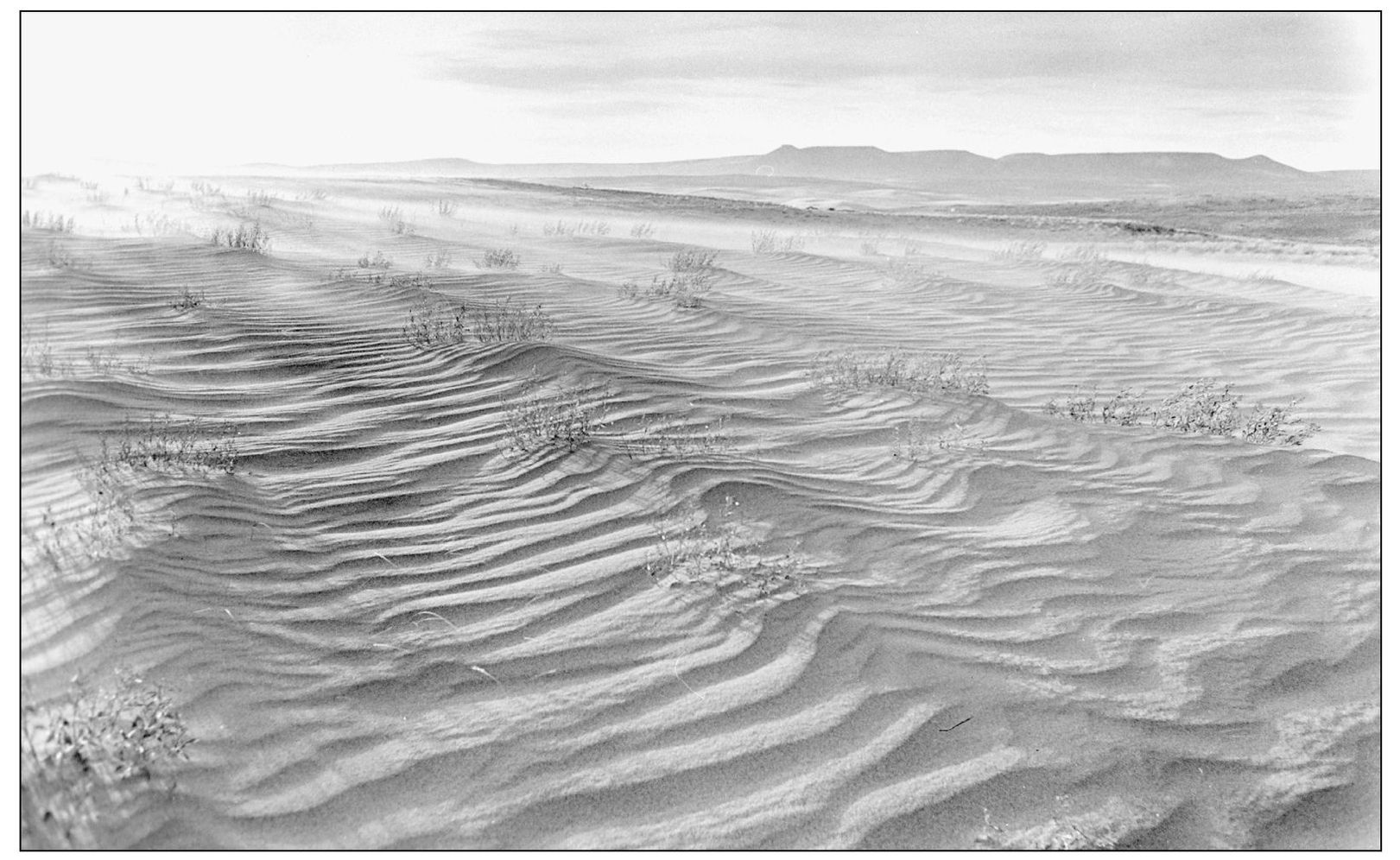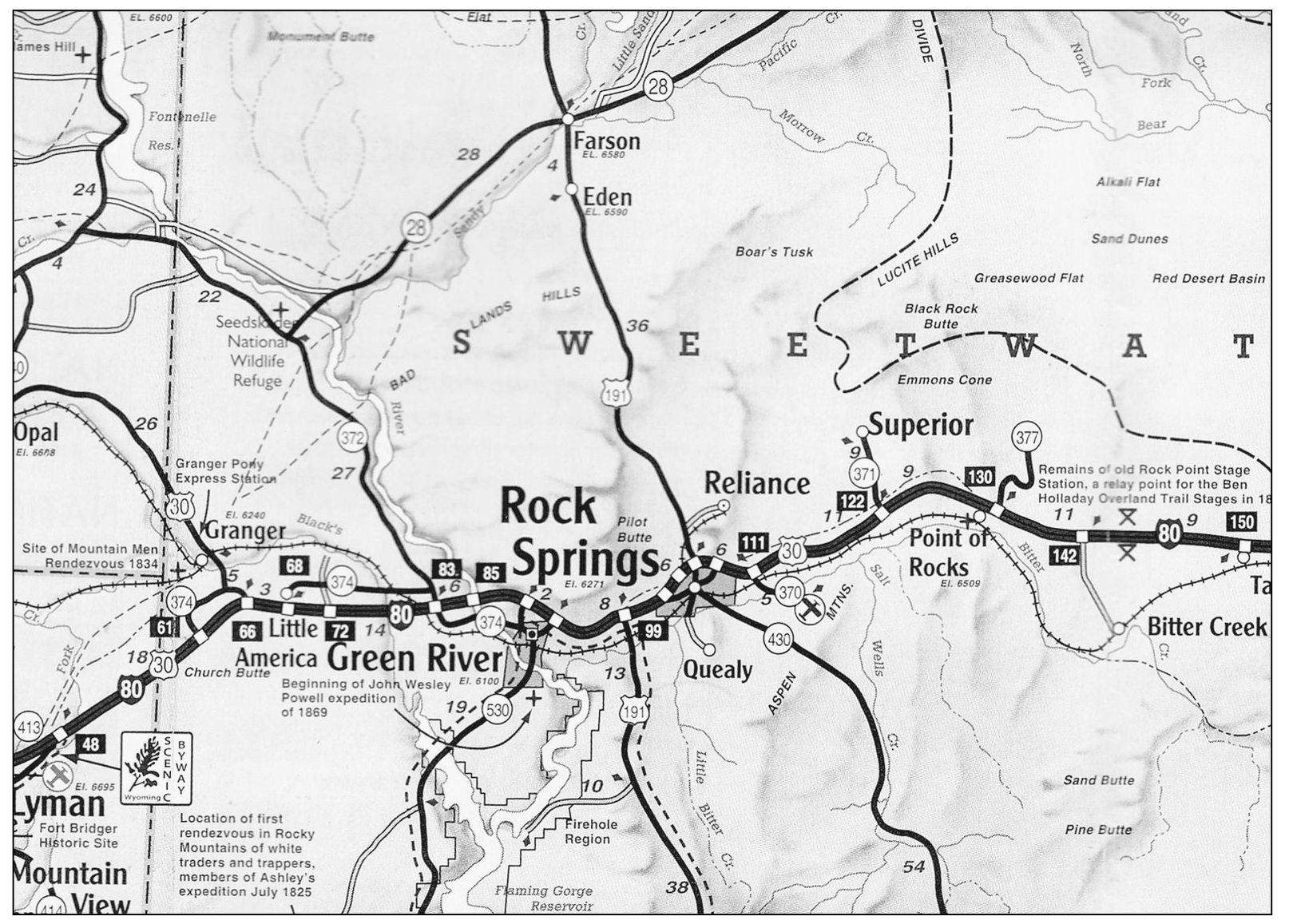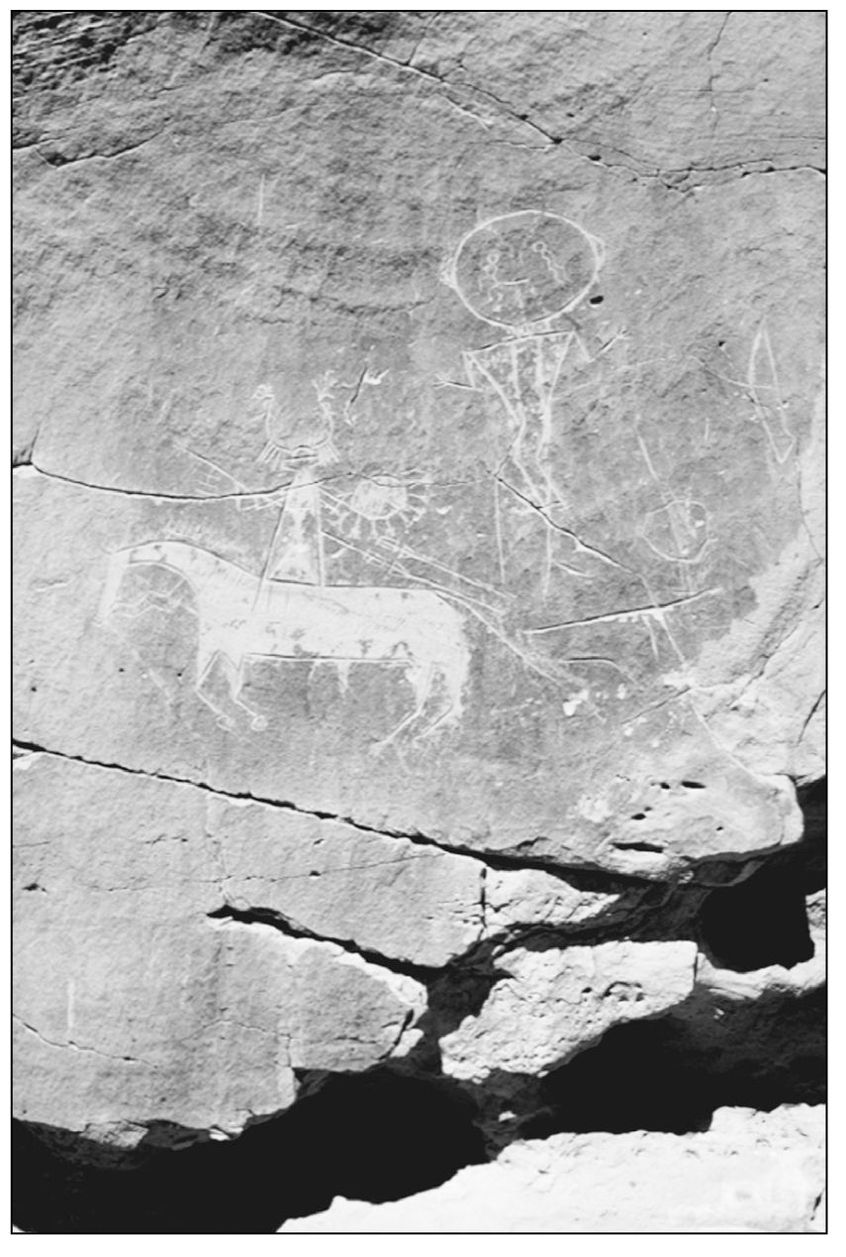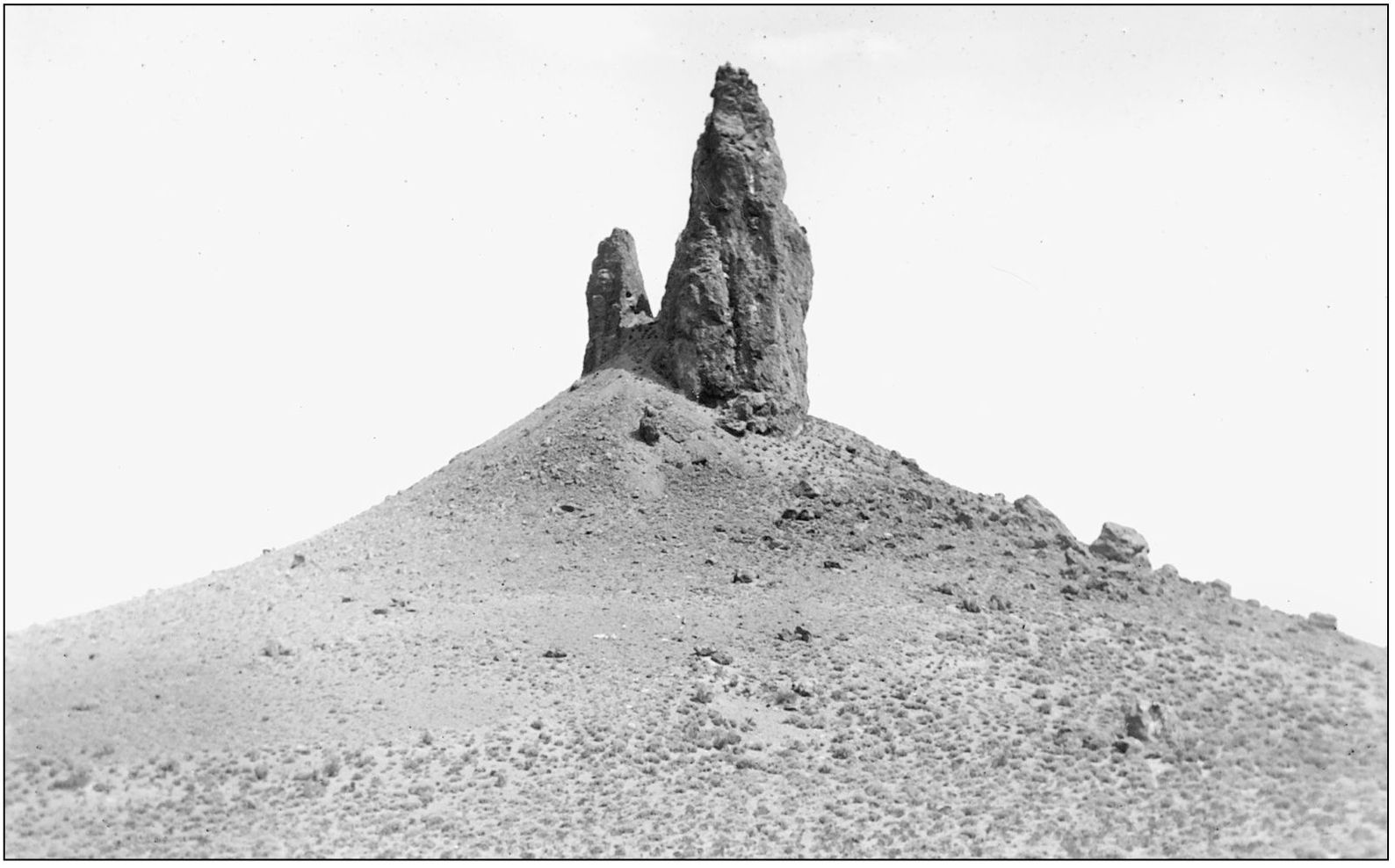ACKNOWLEDGMENTS
This book is the culmination of collaboration among many people and institutions. The authors would like to thank the people of Rock Springs, Sweetwater County, and the state of Wyoming for providing their assistance and inspiration to this project. We can honestly say that everyone approached for help was not only willing to assist but became excited by the prospect.
The staffs of several institutions were particularly generous in their assistance, including the Rock Springs Historical Museum (RSHM), the Sweetwater County Historical Museum (SCHM), Western Wyoming Community College and the Union Pacific Coal Company (UPCC) Archives housed there, the American Heritage Center at the University of Wyoming, and the Wyoming State Archives in Cheyenne. The people at all of these agencies provided invaluable support of our efforts. We would like to extend special thanks to the Sweetwater Travel and Tourism Board and the Sweetwater Board of Cooperative Education Services for believing in this undertaking and providing financial support for the production of this book.
A very special mention of appreciation is due Diane Whiteman Butler, owner of the New Studio. Diane willingly provided not only photographs from the vast collection of the New Studio but also scanned those and other images for us. We hope this book will increase public awareness and appreciation of the resources available at the New Studio. Former owners of the New Studio, Oliver and Mary Snow Tebedo, also provided assistance and should be recognized for their preservation of the photographic archive originating with the Mike August family, early owners of the New Studio.
We are beholden to the late Henry Chadey, founder of the Sweetwater County Museum. His wife, Helen Putz Chadey, and son Michael Chadey provided tremendous moral support for this project and access to photographs, family records, and contacts. Helen also introduced us to Karen Spence McLean, who gladly shared a lifetime of research and records on the coal camps that comprised the greater Rock Springs community.
Many other people provided assistance of various kinds, including Ruby Enyart Lawrence, David Kathka, Charles Love, Albert Dudley Gardner, David Johnson, Henry Kovach, Bernice Moon Kovach, Robert Fletcher, Bernadine Craft, Albert Allias, Joan Parks, Judy Von Rembo, Thomas Bunning, Norm Dudzik, and many others. Our familiesespecially Ronald Shanks, Daniel Krza, and Willard and Beverly Adams Tannerdeserve special thanks for their patience and encouragement throughout this effort.
BIBLIOGRAPHY
Brinkerhoff, Val, and A. Dudley Gardner. An American Place: A Centennial Portrait of Rock Springs, Wyoming Then and Now 18891989. Rock Springs, WY: Pioneer Press, 1990.
Chadey, Henry. The Chinese Story and Rock Springs, Wyoming. Green River, WY: Sweetwater County Museum.
Cullen, Thomas. Rock Springs: Growing up in a Wyoming Coal Town 19151938. Green River, WY: Sweetwater Museum Foundation, 2005.
Gardner, A. Dudley, and Verla Flores. Forgotten Frontier: A History of Wyoming Coal Mining Boulder, CO: Westview Press, 1989.
Hendrickson, Gordon Olaf, ed. Peopling the High Plains: Wyomings European Heritage. Cheyenne, WY: Wyoming State Archives and Historical Department, 1977.
Krza, Margie F. Oral history interview with Robert Fletcher. Manuscript in the possession of the author. Rock Springs, WY: 1984.
Lindmier, Tom, and Steve Mount. I See by Your Outfit: Historic Cowboy Gear of the Northern Plains. Glendo, WY: High Plains Press, 1996.
McLean, Karen Spence, and Marjean Telck. Coal Camp Reunion: Dines, Stansbury, Reliance, and Winton. Rock Springs, WY: Sweetwater County Travel and Tourism Board, 2006.
Rhodes, Robert B. Booms and Busts on Bitter Creek: A History of Rock Springs, Wyoming Boulder, CO: Pruett Publishing Company, 1987.
Robbins, Norma Jean. Rock Springs Historic Downtown Walking Tour. Rock Springs, WY: Rock Springs Historical Board.
Rock Springs Historic Preservation Board. Downtown Rock Springs Historic District National Register of Historic Places nomination. On file at Western Archaeological Services, Rock Springs, WY: 1993.
Smith, Barbara, ed. Rock Springs Stories: Adult Writers Project. Rock Springs, WY: Western Wyoming Community College, 1992.
Storti, Robert. Incident at Bitter Creek: The Story of the Rock Springs Chinese Massacre. Ames, IA: Iowa State University Press, 1991.
Union Pacific Coal Company. History of the Union Pacific Coal Mines: 18681940. Omaha, NE: The Colonial Press, 1940.
Wilde, Gisela Bertagnolli. Memories and Facts. Unpublished manuscript in the possession of Ernestine Magagna Baker. Rock Springs, WY: 1982.
Find more books like this at
www.imagesofamerica.com
Search for your hometown history, your old
stomping grounds, and even your favorite sports team.
One
RED DESERT CORRIDOR PASSAGE ACROSS AN ANCIENT LANDSCAPE
The Killpecker Sand Dunes are the largest continually migrating sand dunes in North America. They are but one of the unique geological features characterizing the setting of Rock Springs in the Red Desert of Wyoming. This diverse setting sculpted by nature attracted people from around the world not because it is beautiful, though it is, but because of the geological processes and geographic situation as a narrow passage over the Great Continental Divide created vast wealth from the earth. (Courtesy SCHM.)
This map shows Rock Springs and surrounding communities. The area around Rock Springs is commonly known as the Red Desert. This high desert environment, together with the corridor across the Rocky Mountains provided by the Great Divide Basin, strongly influenced the way Rock Springs and southern Wyoming developed. (Courtesy Wyoming Department of Transportation.)
These drawings, called petroglyphs, made by Native Americans probably in the 18th century, are thought by some anthropologists to be representative of early horse trading and spirit beings of the Shoshone and Comanche cultures. These are but a few of many places where evidence of preAnglo American cultures is evident, representing over 10,000 years of occupation of the Red Desert region. (Courtesy Russel L. Tanner.)
Boars Tusk, an ancient volcanic tower, is a prominent landmark about 20 miles north of Rock Springs. This impressive landscape feature resulted three million years ago when igneous rock was forced upward through the Eocene lake sediments but never erupted onto the surface. In the intervening years, the lake sediments have weathered, primarily by wind erosion, to expose the ancient volcanic neck today called Boars Tusk. (Courtesy SCHM.)

